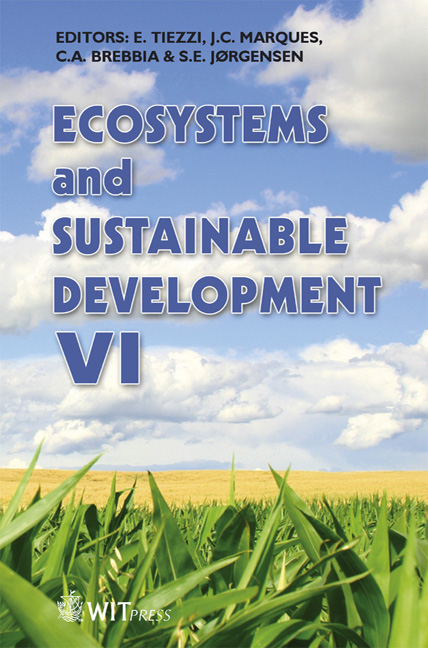Lotus Glaber Mill. Induced Autotetraploid: New Forage Resource For The Flooding Pampas
Price
Free (open access)
Transaction
Volume
106
Pages
11
Published
2007
Size
890 kb
Paper DOI
10.2495/ECO070081
Copyright
WIT Press
Author(s)
M. Barufaldi, Y. Villacampa, P. Sastre-Vázquez, F. García-Alonso & J. A. Reyes
Abstract
Lotus glaber Mill., a perennial leguminous forage plant endemic to Europe and introduced into Argentina in 1930, has adapted to the Flooding Pampas region’s ecological characteristics, successfully becoming part of the native vegetation. Given its high nutritional value and the fact that it does not cause meteorism, this plant has great potential for increasing the productivity and quality of the Pampas grazing land. In Azul, a Buenos Aires province, an L. glaber genetic improvement programme resulted in an induced autotetraploid population called Leonel, through the use of colchicine. In addition to preserving the species’ valuable characteristics, this population has a series of significant morphological modifications compared to diploid populations. This paper compares the Leonel population in terms of the length and width of its central foliolae (LCF and WCF), its area (A) and the length/width ratio (L/W) of the central foliolae of the first expanded leaf from the apex, during the following seasons: mid-winter (1), late winter (2), and late spring (3) of 2006. Variance analyses, in a completely random sample with one factor, seasons, carried out for each variable, detected significant differences (1%) in all cases. Analysis of the L/W ratio has made it possible to determine the foliolae’s forms. During the winter period, seasons 1 and 2, the foliolae took a narrowly obovate shape, while in the spring they had an oblanceaolate shape. The results obtained lead to the conclusion that there is a high level of variation in length and width, as well as the foliolae’s shape and size. Keywords: Lotus glaber Mill., induced autotetraploid, forage legume, natural pastureland, mathematical modelling.
Keywords
Lotus glaber Mill., induced autotetraploid, forage legume, natural pastureland, mathematical modelling.





